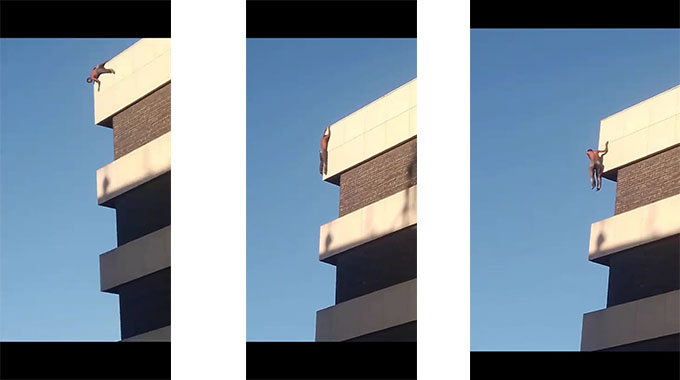Mercury ban threatens Zim’s $1 billion gold production

Walter Nyamukondiwa, Harare Bureau
The country’s $1 billion gold production sector is under threat from the Minamata Convention that seeks to ban the use of mercury, a major chemical used by artisanal miners to trap the mineral from ore.
The Minamata Convention is calling for the phasing out of new mercury sources and the existing ones due to the hazardous nature of the chemical.
Some of the effects of mercury on humans include nervous system shattering, damage to internal organs such kidneys, contamination of mothers’ breast milk, children born with deformities and failure to control body movements.
The convention is calling for safe use of mercury and development of alternative technologies to replace the chemical.
With a significant contribution of the overall gold output coming from artisanal miners who extensively use mercury to trap gold, a drop in the supply of the silver liquid would affect the sector in the absence of alternatives.
Artisanal miners contributed nearly 10 tonnes of gold in 2016 and Government has given the sector a target of 12 tonnes in 2017, feeding into the national target of 28 tonnes. About 50 tonnes of mercury enter the country through formal channels, while a staggering 150 tonnes is said to illegally make its way through the porous borders.
Zimbabwe is a signatory to the Minamata Convention, which will come into effect in August, and is working towards ratifying the United Nations treaty.
About 60 countries, including Zambia and Mozambique, have so far ratified the treaty.
Dire implications of mercury exposure to humans and the environment typified by the Minamata contaminations in Japan, led to the Convention which seeks to phase out mercury mining and transportation by 2020.
Addressing stakeholders at a Mercury Abatement Policy Dialogue recently, National Environment Officer Mr Brian Gada said as a signatory of the Minamata Convention, Zimbabwe was taking steps towards ratification.
“While we are not obligated to ratify and implement it the Convention, we cannot do anything that undermines it,” he said. “The Convention seeks to regulate the use of mercury, leading to the phasing out of new mines and old ones. Time is coming when it will be difficult to get mercury.”
Mr Gada said it was an advantage if the country ratified the Convention before August so that it could access funding to conduct research on alternatives.
Zimbabwe is among the top 10 users of mercury in the world.
The World Health Organisation has listed mercury among the top 20 major health concerns in the world.
A Mercury Initial Assessment has already been conducted showing widespread use of mercury among the nearly 700 000 active artisanal miners.
The assessment showed contamination of water sources such as Claw Dam in Kadoma, symptoms of intoxication among artisanal miners, buyers and their families.
Stakeholders at the workshop called for investment into alternative methods of mining gold, especially by artisanal miners.
According to PACT Zimbabwe, which is conducting research into mercury use in the country, two thirds of artisanal miners use mercury in producing gold.
PACT Zimbabwe country director Ms Thembile Phute said mercury was a health hazard and a danger to the environment.
“Mercury, therefore, puts us in a policy dilemma,” she said. “It is critical to the livelihoods of millions of Zimbabweans, but it is hazardous to women and environmental health.”
Several researchers in the country are working on alternatives to the use of mercury in mining, including the Gold Fix which is like a magnet that only attracts gold.
Some have called for the use of retorts, which ensure that mercury is not released into the air during burning.
There is also the option of cyanidisation and concentrators to manage mercury use but they are relatively expensive.
Zimbabwe Miners’ Federation chief executive Mr Wellington Takavarasha, said the changes should not be abrupt.











Comments